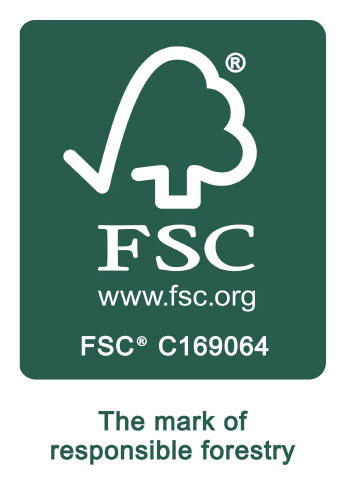Paper is an intrinsic part of everyday life. Take a look around you; even in a ‘paperless office’ there will be paper products. So where did this material originate?
Paper production began in China, several thousand years ago. Initially a packaging material, it was used to wrap fragile items. Over time the relatively low cost of paper, in comparison to silk or bamboo, resulted in it being used to write on.
In Europe parchment made from animal skins was the paper alternative for centuries. It took a growing percentage of the population learning to read and write for a cheaper option to be sought.
At first, European papers were made from pulped cotton, but as the supply for rags was being outstripped by demand, new processes were explored.
Wasps and Paper Production
In the early 1700s French Scientist, Rene Antoine Ferchault De Reaumur noted that wasps chew wood and use the macerated fibres to create their fine paper nests. Inspired by this process, he suggested the use of pulped wood in place of cotton.
With a ready supply of raw material, wood based paper could be mass produced at affordable prices. The availability of paper made it economical to spend time typesetting to publish a long run of newspapers, books and documentation.
Our Morning Fix: Paper Coffee Filters
Whilst paper for printing and writing grew in popularity, the possibilities for this cheap material began to grow. Printed wallpaper inspired interior design and rolls of soft fibres were first introduced in the 1870s for use in the bathroom.
Dresden mother Melitta Bentz tore a page from her son’s school book to use as a coffee filter in the early 1900s. It allowed her a caffeine fix and led to the development of a simple, affordable and disposable filter. She officially registered the design in 1908. Our morning drink would be a lot less pleasant without it!
Paperless World
Since the arrival of computers, the idea of a paperless world has been shared. Cloud storage, e-books and virtual news have certainly contributed to a reduction in paper production.
Although production is down, paper is part of everyday life and some things are more difficult to replace. Our desire for coffee means that filter sales keep rising and few people would be willing to forfeit toilet rolls!
Whilst online sales and marketing has reduced the need for printed catalogues, flyers and letters, it has resulted in a rise in the demand for paper based packaging materials. Returning to its origins, the demand for paper based packaging materials, including cardboard boxes, is on the rise. For the time being paper products look set to stay.
